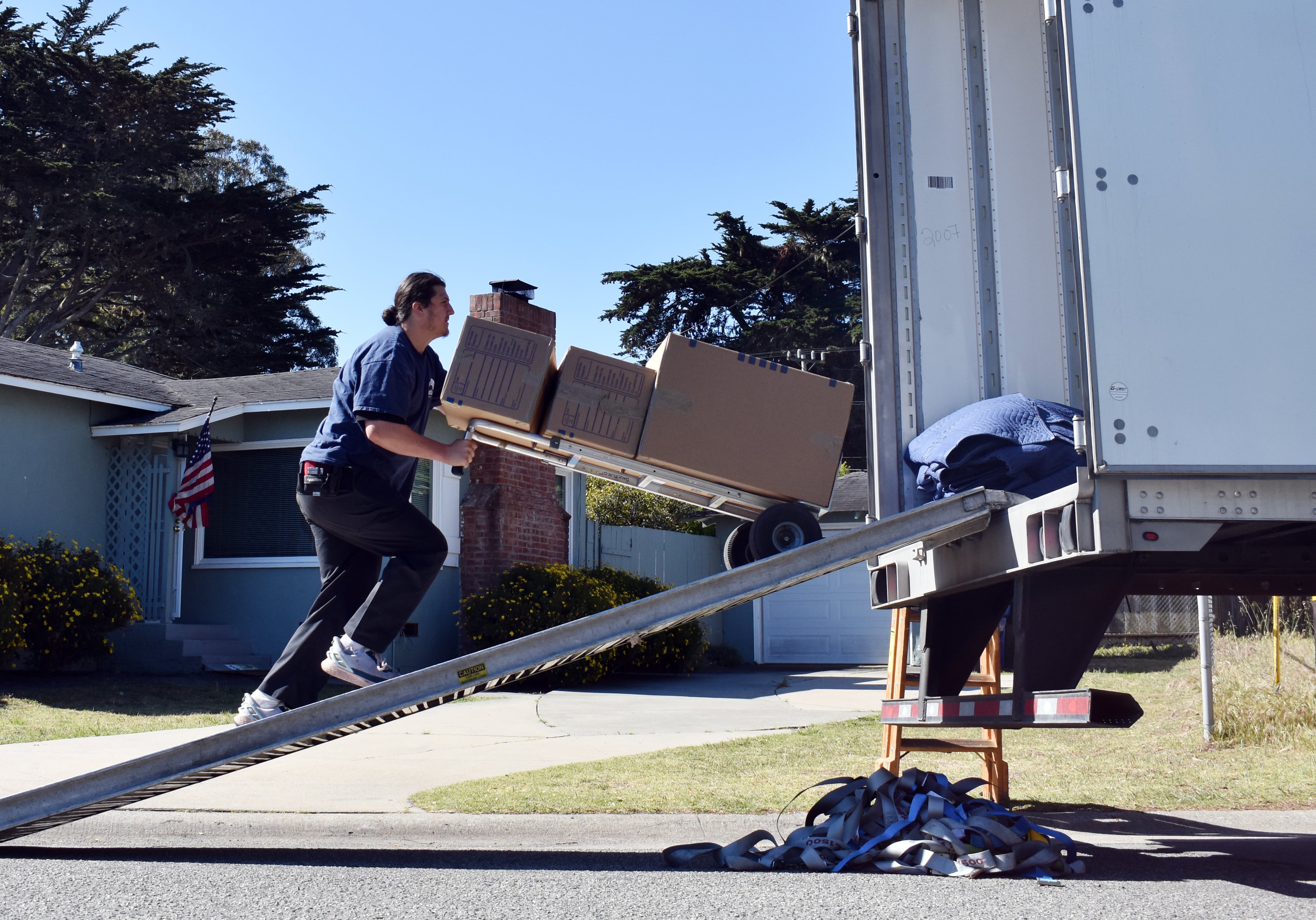WASHINGTON — The U.S. Air Force conducted a second consecutive successful flight of Lockheed Martin’s AGM-183A Air-launched Rapid Response Weapon, marking the end of the hypersonic program’s booster test phase.
The test took place July 12 and the hypersonic missile, which flew from a B-52H Stratofortress, met primary and secondary objectives, the service said in a July 13 statement. With the completion of the booster series, ARRW will begin all-up-round testing later this year.
Brig. Gen. Heath Collins, program executive officer for the Air Force’s armament directorate, said the flight test expands the weapon’s operational envelope. According to Lockheed, the test showcased ARRW’s ability to reach and withstand hypersonic speeds and will help the program gather data to inform future testing. It also confirmed the weapon’s ability to safely separate from an aircraft and hit targets from standoff distances, the company said in a statement.
Hypersonic vehicles can travel and maneuver at speeds above Mach 5, and ARRW is the Air Force’s first air-launched hypersonic weapon. The missile is designed to destroy time-sensitive targets and, once fielded, will expand the service’s precision-strike portfolio.
The Air Force’s last successful ARRW flight occurred in May and broke a streak of three testing failures for the weapon, which have slowed the service’s plans for beginning to field the system this year. Congress slashed ARRW procurement funding by nearly $161 million for fiscal 2022.
The service’s fiscal 2023 budget request bypassed procurement funding for ARRW. The service plans to ask for $577 million next year to ramp up prototyping.
Courtney Albon is C4ISRNET’s space and emerging technology reporter. She has covered the U.S. military since 2012, with a focus on the Air Force and Space Force. She has reported on some of the Defense Department’s most significant acquisition, budget and policy challenges.





